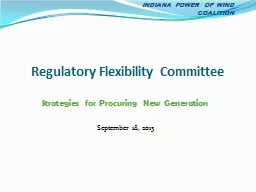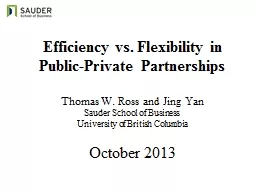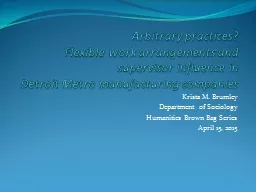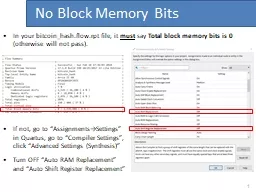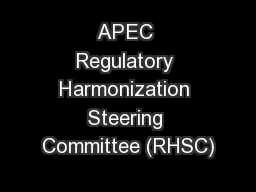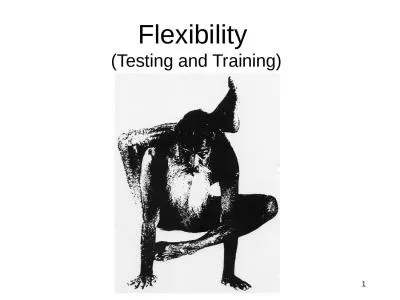PPT-Regulatory Flexibility Committee
Author : karlyn-bohler | Published Date : 2016-06-27
Strategies for Procuring New Generation September 18 2013 INDIANA POWER OF WIND COALITION INDIANA POWER OF WIND COALITION The Challenge There is no free market
Presentation Embed Code
Download Presentation
Download Presentation The PPT/PDF document "Regulatory Flexibility Committee" is the property of its rightful owner. Permission is granted to download and print the materials on this website for personal, non-commercial use only, and to display it on your personal computer provided you do not modify the materials and that you retain all copyright notices contained in the materials. By downloading content from our website, you accept the terms of this agreement.
Regulatory Flexibility Committee: Transcript
Download Rules Of Document
"Regulatory Flexibility Committee"The content belongs to its owner. You may download and print it for personal use, without modification, and keep all copyright notices. By downloading, you agree to these terms.
Related Documents

